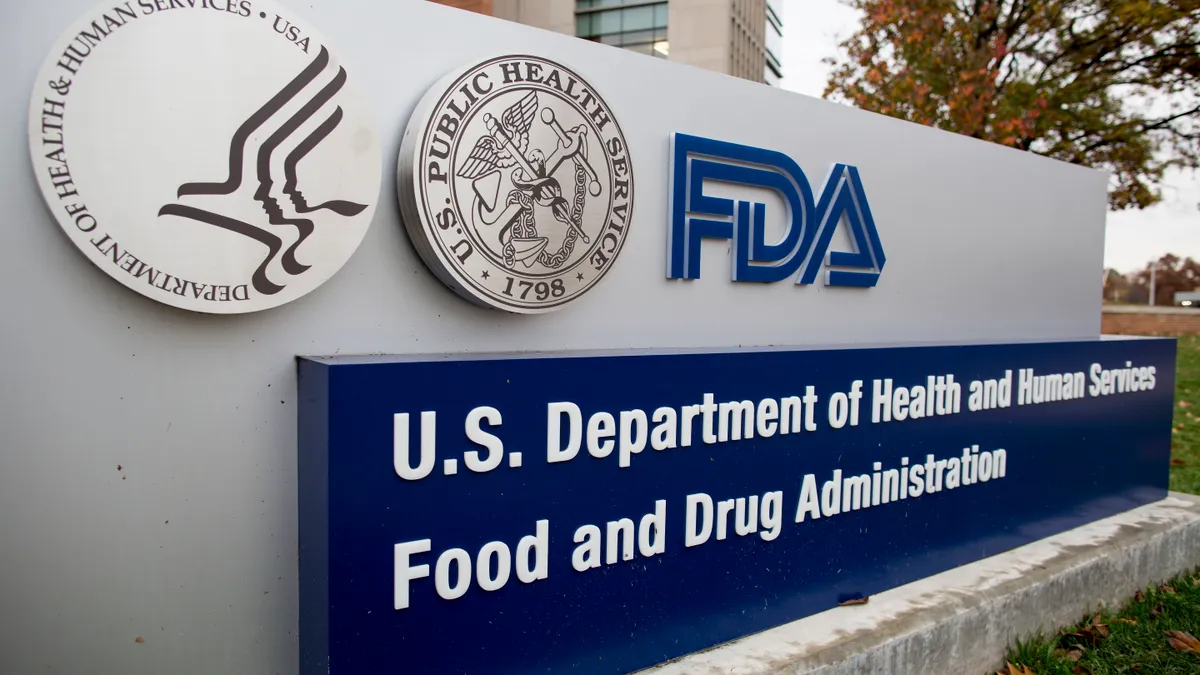Dive Brief:
-
FDA has granted De Novo authorization to Canadian startup Thornhill Research’s treatment for carbon monoxide poisoning.
-
The ClearMate device is designed to speed the removal of carbon monoxide from the body by delivering 100% oxygen and accelerating the patient’s rate of breathing.
-
Thornhill showed the device effectively cleared carbon monoxide in 100 patients, leading FDA to sign off on a product it thinks will help remote health centers treat poisoned patients.
Dive Insight:
There are well-established methods for treating the 20,000 Americans who present at emergency rooms with cases of unintended carbon monoxide exposure in each year. These patients, who are exposed to the poison via poorly-maintained heating systems and other gas equipment, struggle to transport oxygen to vital organs as carbon monoxide occupies receptors on hemoglobin.
In most cases, patients are successfully treated by administering 100% oxygen through a mask. This can ensure the supply of oxygen in many patients with carbon monoxide exposure but is insufficient to clear severe cases of poisoning.
The worst cases require treatment in hyperbaric chambers, which administer oxygen under higher than normal pressure. Raising the pressure counters severe carbon monoxide poisoning but access to hyperbaric chambers is limited. The U.S. has 60 sites with hyperbaric chambers, meaning many people, particularly those in rural areas, face a long journey to get the treatment they need.
ClearMate is designed to provide healthcare facilities with another option. The device is made up of a gas mixer, oxygen reservoir, mask and other components that deliver both 100% oxygen and a mix of oxygen and carbon dioxide to the patient.
The idea is to both flood the body with oxygen, as happens in existing treatments, and make the patient breathe faster. This second mechanism is what could give ClearMate an advantage over conventional 100% oxygen treatments. By increasing the breathing rate, ClearMate could accelerate expulsion of carbon monoxide from the body, enabling patients to recover from more severe cases of exposure.
Thornhill tested the device on 100 patients, emerging with data that persuaded FDA it is safe and effective at eliminating carbon monoxide. FDA cleared the device via its De Novo pathway. In doing so, FDA created a new regulatory classification companies can use to bring similar products to market via the 501(k) pathway.











